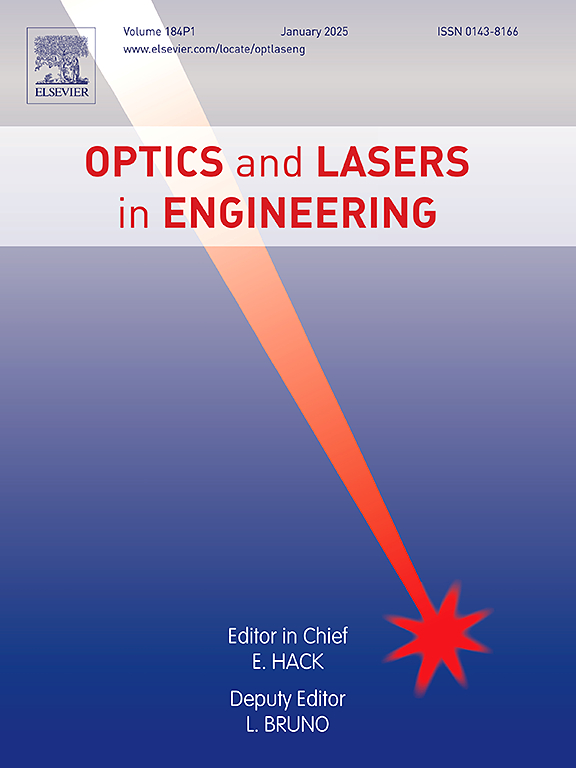High-precision measurement of respirable coal dust mass concentration: A dual-wavelength complementary laser optical sensor approach based on Mie scattering
IF 3.5
2区 工程技术
Q2 OPTICS
引用次数: 0
Abstract
To address the shortcomings of detection inaccuracy at low concentrations and poor stability in current coal mine respirable dust detectors, a portable, high-precision, dual-wavelength dust sensor for mining applications was developed. Mie scattering theory of irregular particles was used to establish a light scattering model for polydisperse respirable coal dust. Numerical simulations were conducted using MATLAB and COMSOL. The effects of particle size, incident wavelength, and scattering angle on the distribution of the scattered light intensity were analyzed using standard spherical coal dust as an approximation. Experimental validation was performed using respirable coal dust samples. From these analyses and experiments it was determined that laser wavelengths of 450 and 637 nm and a scattering angle range of 12–28° were optimal. A custom-designed annular receiving structure, laser triggering timing circuit, and multi-stage amplification circuit were developed. The optical structure was adjusted and optimized, and a three-dimensional modeling of the sensor was developed, followed by component selection and assembly. Using the experimental setup, coefficient calibration and error detection were performed. The results showed that at dust concentrations of 5, 20, and 100 mg/m³, the sensor's short-term average measurement errors were 2.30 %, 3.60 %, and 4.25 %, respectively. Compared with other sensors, the developed sensor demonstrated superior accuracy and stability, and overcame the limitations of single-wavelength detectors of respirable dust. This work provides a novel approach and methodology for accurate dust detection in coal mines.
求助全文
约1分钟内获得全文
求助全文
来源期刊

Optics and Lasers in Engineering
工程技术-光学
CiteScore
8.90
自引率
8.70%
发文量
384
审稿时长
42 days
期刊介绍:
Optics and Lasers in Engineering aims at providing an international forum for the interchange of information on the development of optical techniques and laser technology in engineering. Emphasis is placed on contributions targeted at the practical use of methods and devices, the development and enhancement of solutions and new theoretical concepts for experimental methods.
Optics and Lasers in Engineering reflects the main areas in which optical methods are being used and developed for an engineering environment. Manuscripts should offer clear evidence of novelty and significance. Papers focusing on parameter optimization or computational issues are not suitable. Similarly, papers focussed on an application rather than the optical method fall outside the journal''s scope. The scope of the journal is defined to include the following:
-Optical Metrology-
Optical Methods for 3D visualization and virtual engineering-
Optical Techniques for Microsystems-
Imaging, Microscopy and Adaptive Optics-
Computational Imaging-
Laser methods in manufacturing-
Integrated optical and photonic sensors-
Optics and Photonics in Life Science-
Hyperspectral and spectroscopic methods-
Infrared and Terahertz techniques
 求助内容:
求助内容: 应助结果提醒方式:
应助结果提醒方式:


